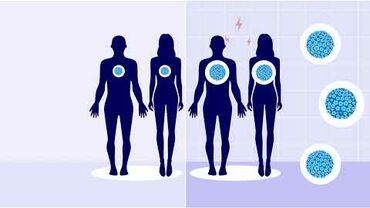Reverse identification key for mosquito species
This key provides the non-specialist with reference material to help recognise an invasive mosquito species and gives details on the morphology to help with verification.
More and more people are getting involved in the surveillance of invasive mosquito species in the EU/EEA, not just professionals with formal training in entomology. There are many taxonomic keys available for identifying mosquitoes of medical and veterinary importance, but they are almost all designed for professionally trained entomologists.
This key provides the non-specialist with reference material to help recognise an invasive mosquito species and gives details on the morphology (in the species-specific pages) to help with verification and the compiling of a final list of candidates. The key displays six invasive mosquito species that are present in the EU/EEA or have been intercepted in the past. It also contains nine native species. The native species have been selected based on their morphological similarity with the invasive species, the likelihood of encountering them, whether they bite humans and how common they are.
Read more on vectors
European network for medical and veterinary entomology (VectorNet)
VectorNet is a joint initiative of the European Food Safety Authority (EFSA) and the European Centre for Disease Prevention and Control (ECDC).
Guidelines for mosquito surveillance
Guidelines for surveillance for invasive and native mosquito species of public health relevance.
Mosquito maps
Maps of surveillance activities and current known distributions of mosquito species in Europe and neighbouring regions.



